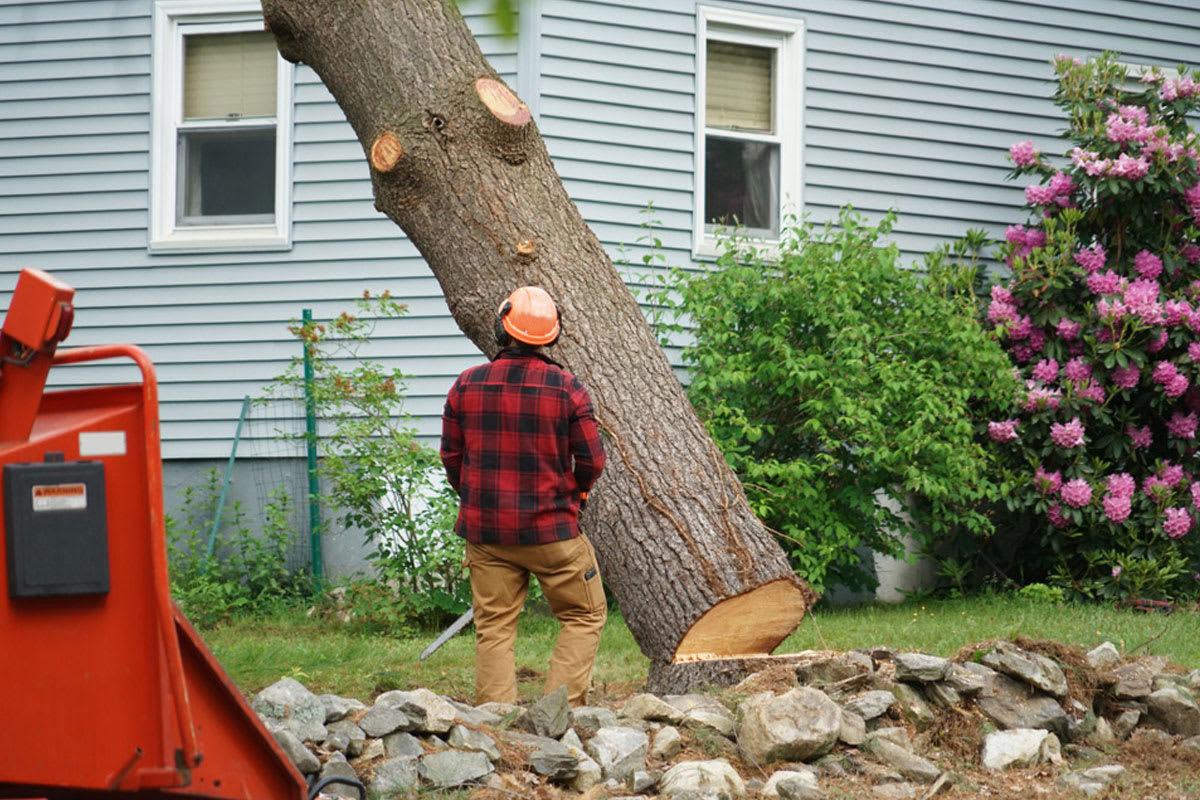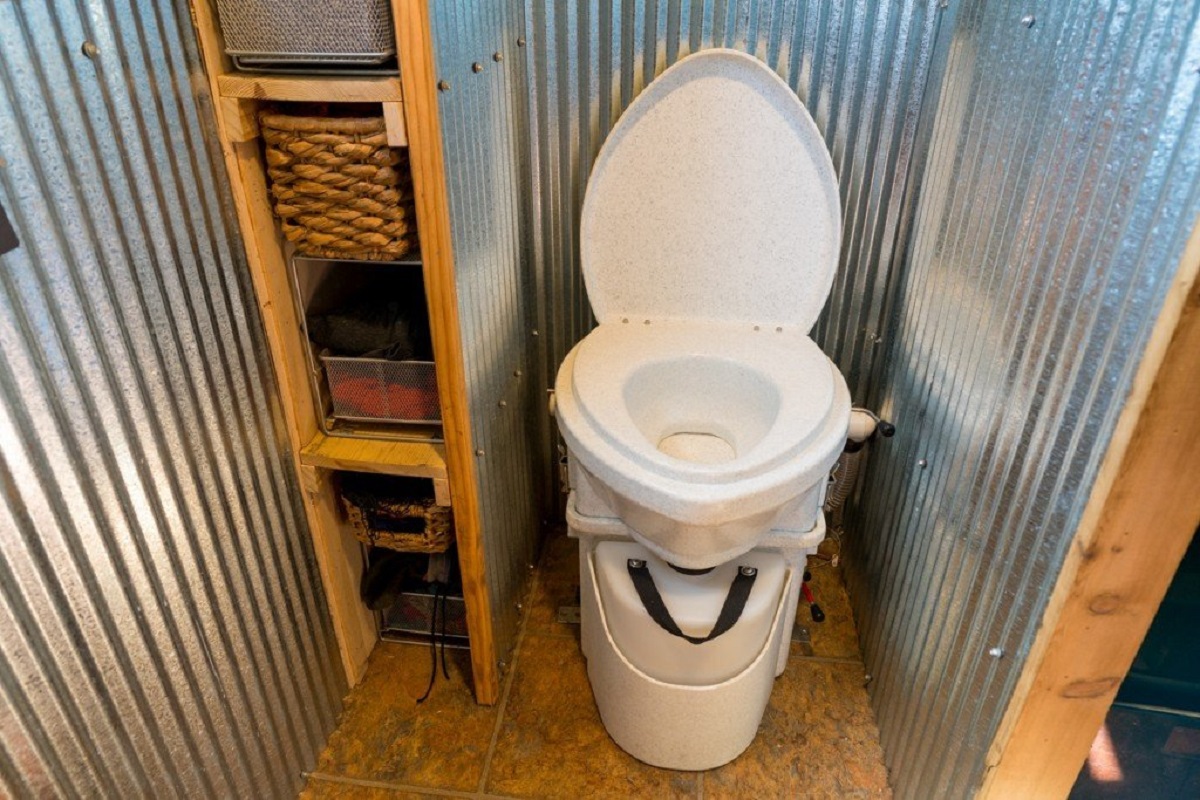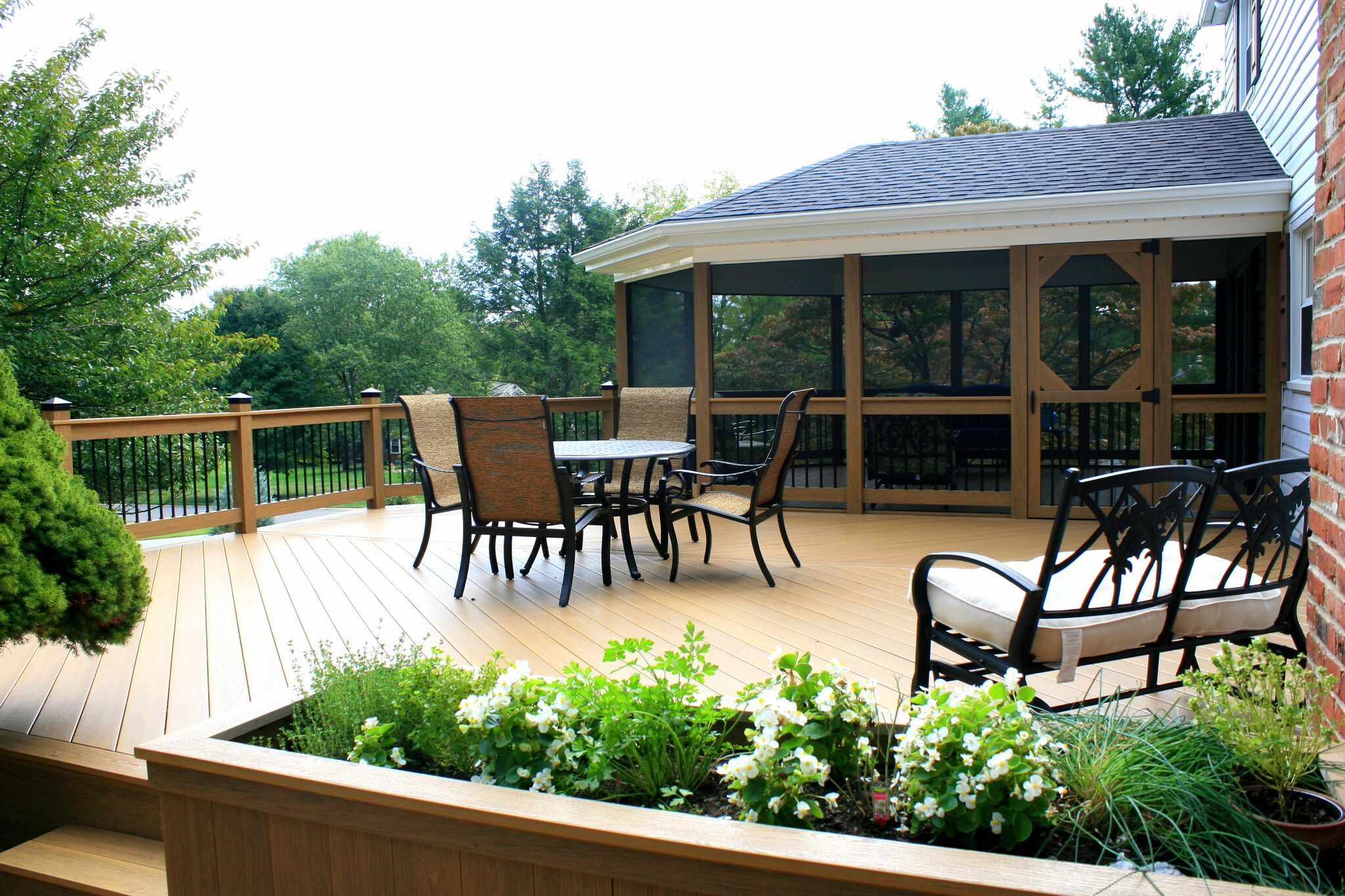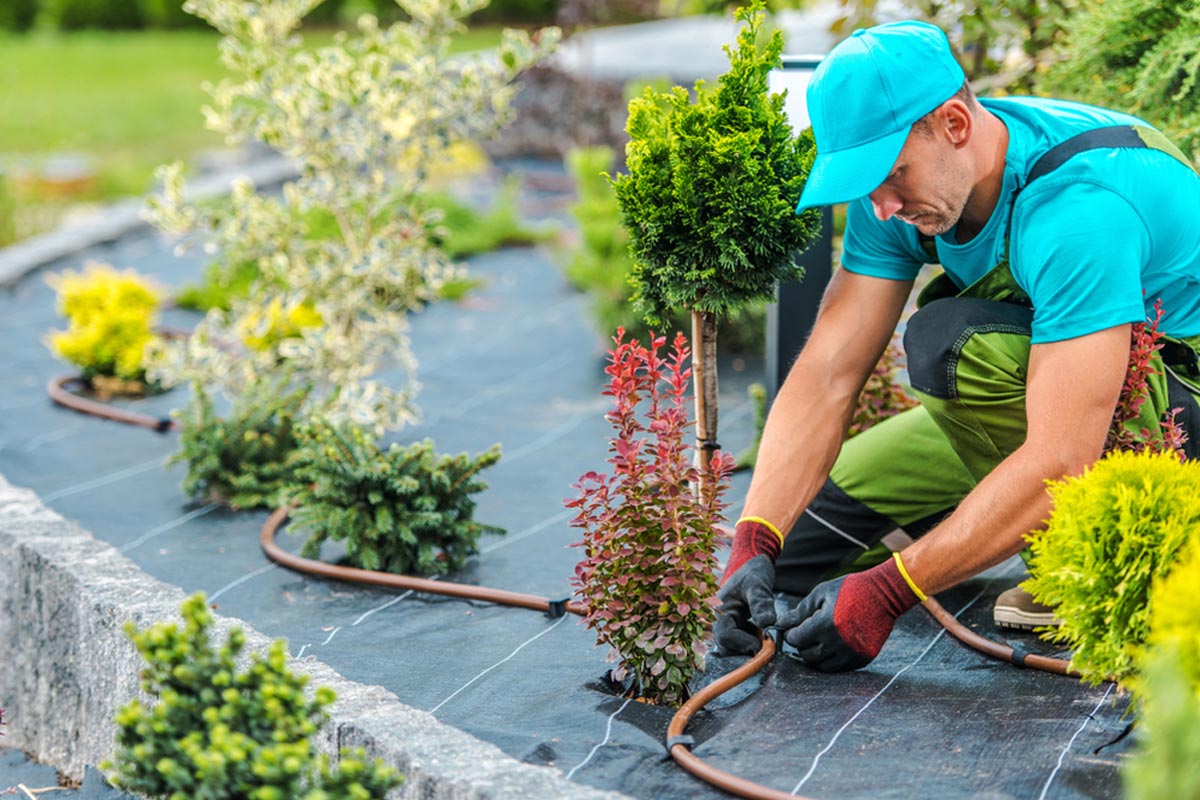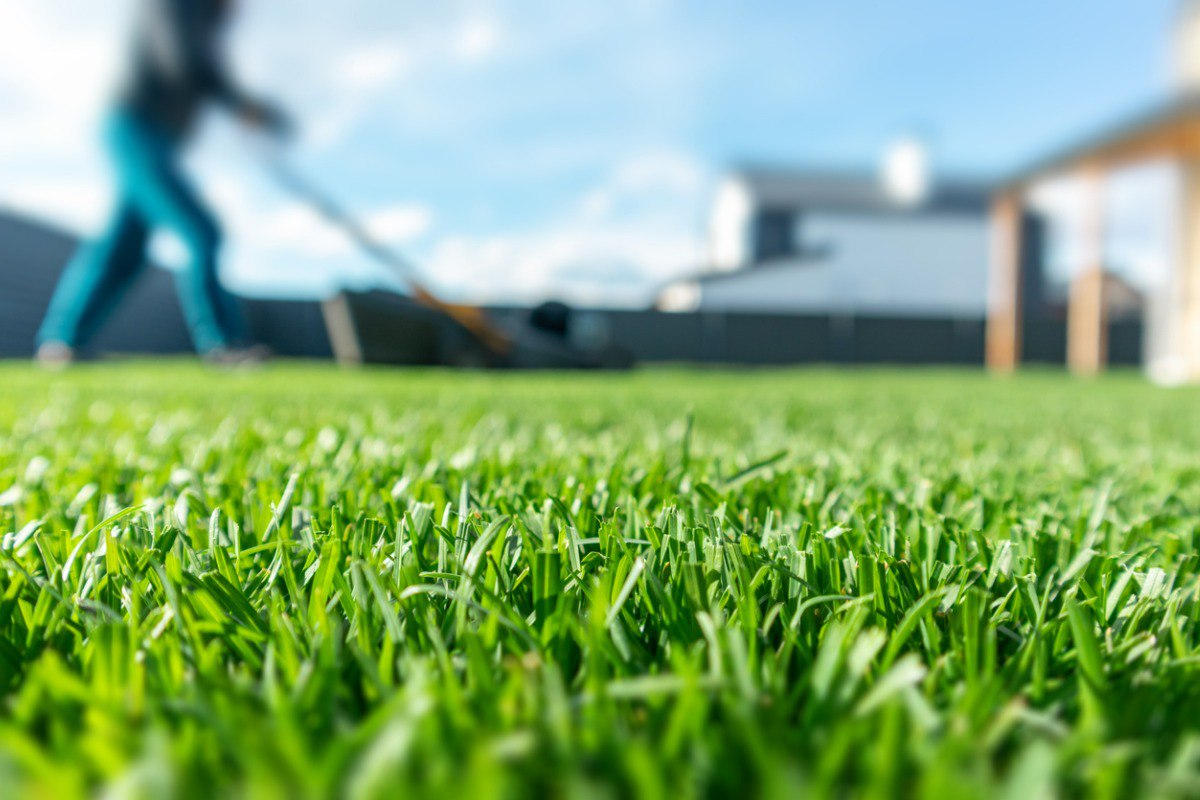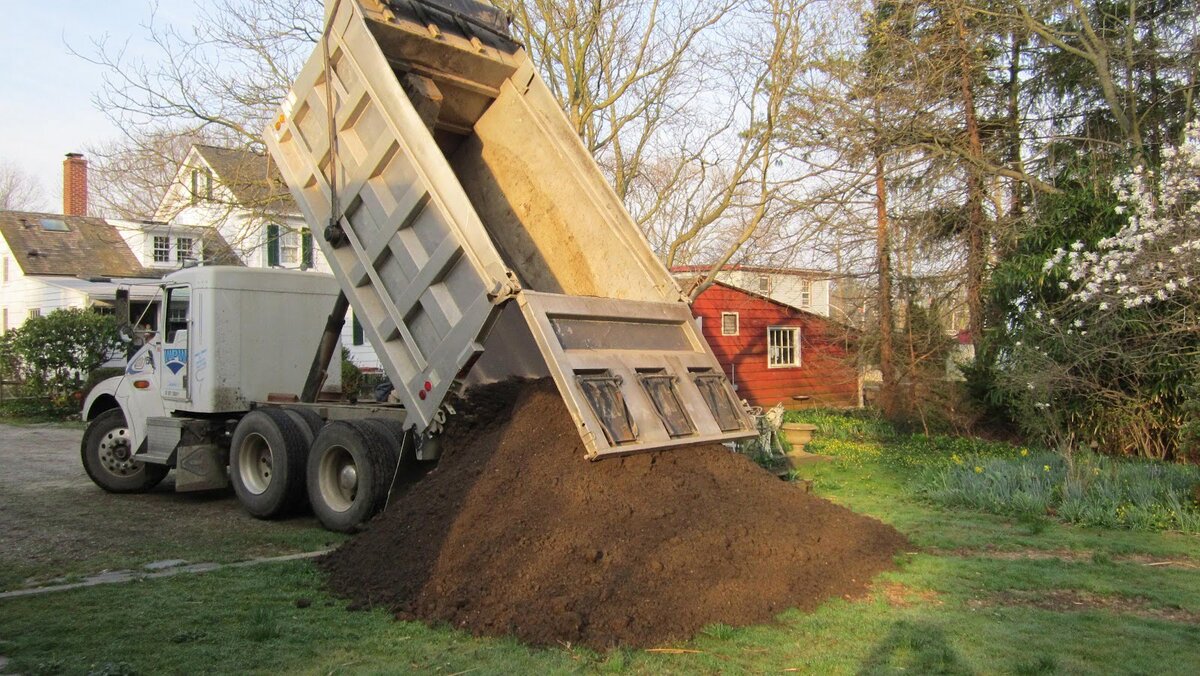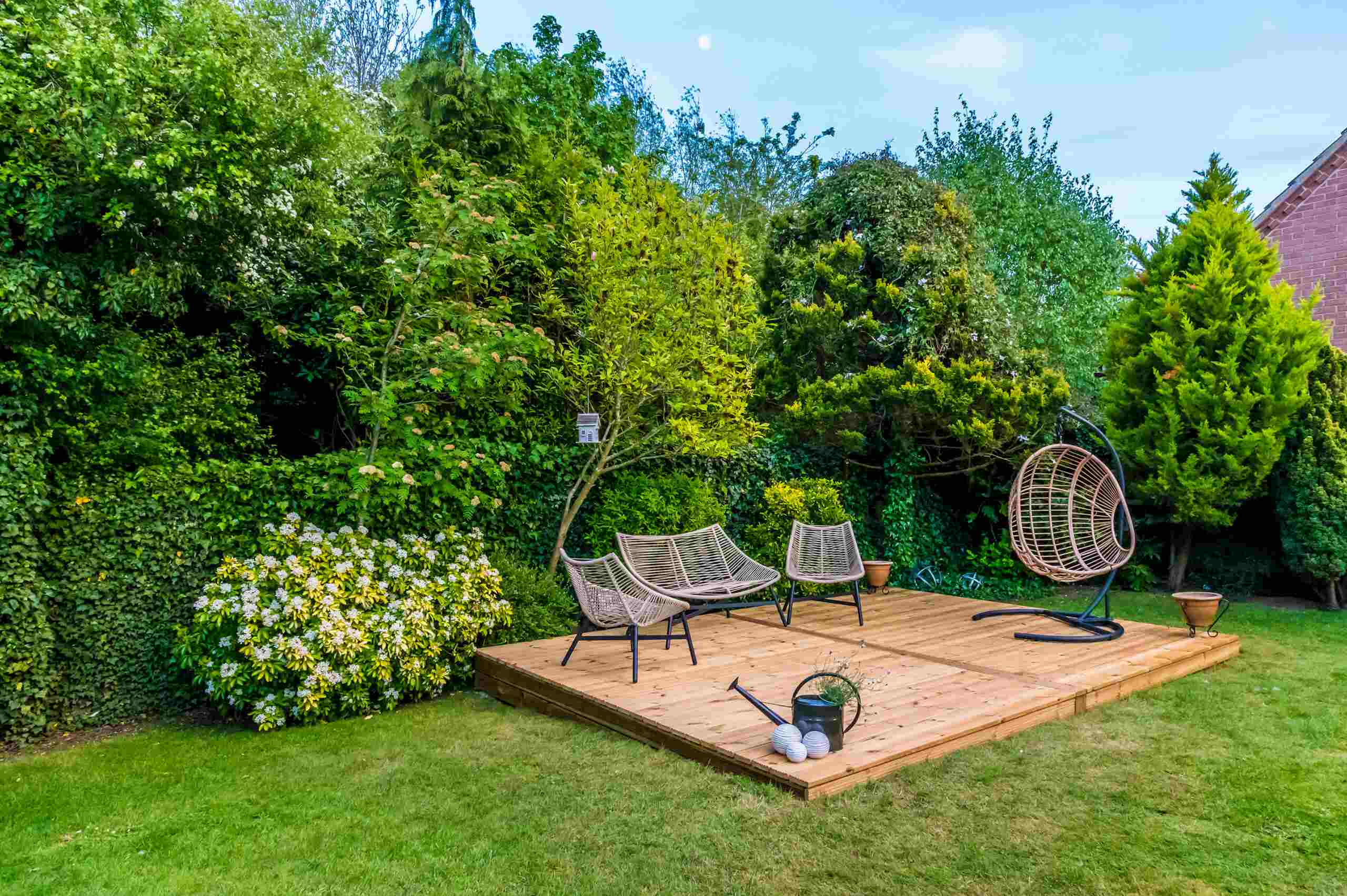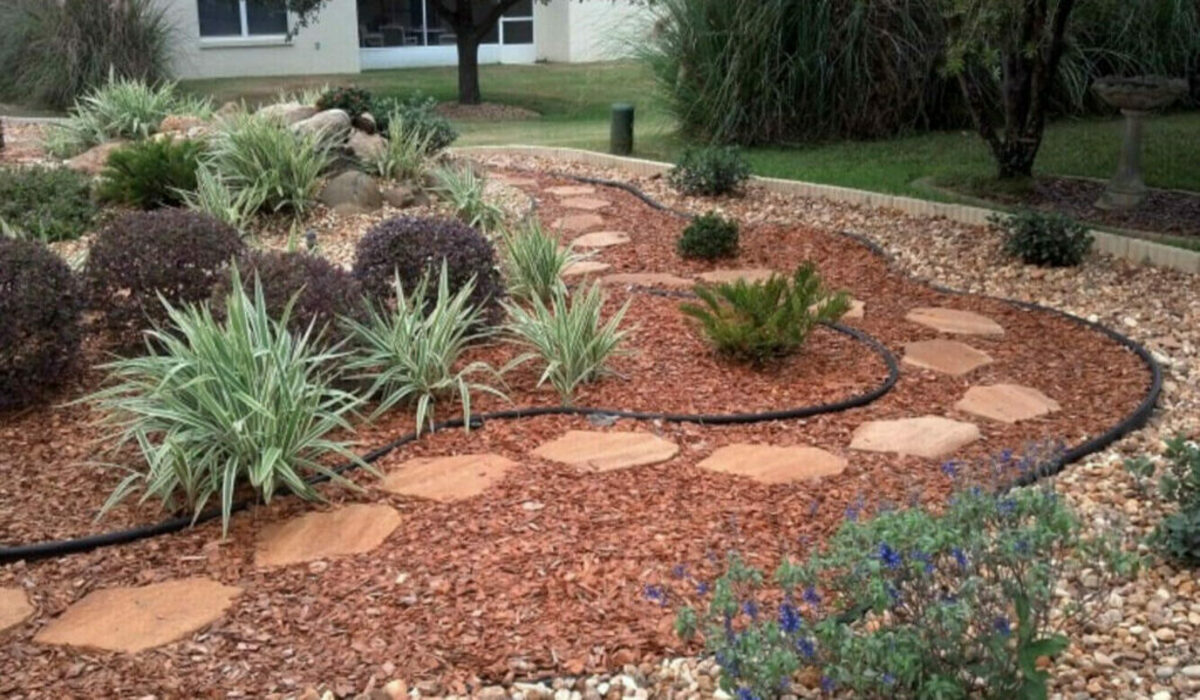Home>Reviews>Product Reviews>How Much Does Bonsai Tree Cost


Product Reviews
How Much Does Bonsai Tree Cost
Modified: January 22, 2024
Discover the cost of bonsai trees and find the best product reviews, tips, and recommendations to help you choose the perfect bonsai tree for your home or garden.
(Many of the links in this article redirect to a specific reviewed product. Your purchase of these products through affiliate links helps to generate commission for Chicagolandgardening.com, at no extra cost. Learn more)
Table of Contents
Introduction
Bonsai trees are a unique and beautiful form of art that have been cultivated for centuries. These miniature trees, often associated with tranquility and harmony, make for a stunning addition to any indoor or outdoor space. However, like any other product, the cost of bonsai trees can vary significantly depending on several factors.
Whether you’re an avid enthusiast or someone new to the world of bonsai, understanding these factors can help you make an informed decision when purchasing a bonsai tree. In this article, we will explore the different elements that can influence the price of bonsai trees, as well as provide insights on common types of bonsai trees and tips for buying affordable options.
It’s important to note that bonsai trees are not just regular potted plants. They require careful nurturing, shaping, and maintenance to achieve their signature miniature form. This intensive cultivation process, combined with the time and expertise involved, contributes to the value and cost of bonsai trees.
Furthermore, the cost of a bonsai tree can also be influenced by its age, size, species, and overall aesthetic appeal. Older and more mature bonsai trees, for instance, tend to be more expensive due to the many years of care and training required to achieve their unique form. Similarly, larger bonsai trees may have higher price tags as they can be harder to find and transport.
In addition to aesthetic factors, the reputation of the bonsai tree seller or nursery can also play a role in pricing. Established bonsai specialists or renowned nurseries may command higher prices due to their expertise, quality of trees, and overall reputation.
Now that we’ve covered some of the key factors that can influence the cost of bonsai trees, let’s delve into the common types of bonsai trees and their associated costs. Understanding the options available can help you choose the right bonsai tree for your budget and personal preferences.
Factors Affecting Bonsai Tree Prices
When it comes to purchasing a bonsai tree, several factors can impact its price. By understanding these factors, you can make an informed decision and find a bonsai tree that suits your budget and preferences. Let’s take a closer look at some of the key factors that affect bonsai tree prices:
- Type of Bonsai Tree: The type of bonsai tree you choose can significantly influence its cost. Some bonsai tree varieties are more readily available and easier to cultivate, making them relatively affordable. On the other hand, rare or exotic species may come with a higher price tag due to their scarcity and the expertise required to care for them.
- Age and Maturity: The age and maturity of a bonsai tree play a significant role in determining its price. Bonsai trees that have been carefully nurtured and trained for many years exhibit a sense of grandeur and refinement. As a result, older bonsai trees tend to be more expensive as they require a considerable investment of time and expertise.
- Size: The size of a bonsai tree can also impact its price. Smaller bonsai trees are generally less expensive, as they require less time to reach maturity and are easier to cultivate and transport. Conversely, larger bonsai trees are often more costly due to the increased effort, care, and maintenance required to shape and maintain their size.
- Condition and Aesthetic Appeal: The overall health and aesthetic appeal of a bonsai tree can influence its price. Trees that have been meticulously cared for, with well-developed branches, balanced foliage, and a harmonious overall appearance, may command higher prices. Additionally, unique characteristics such as unusual trunk shapes or stunning flowering displays can contribute to a tree’s value.
- Source and Reputation: The source from which you purchase your bonsai tree can also impact its price. Reputable bonsai nurseries and specialist sellers often offer a wider selection of high-quality trees. While these sources may come with a higher price tag, you can have more confidence in the authenticity and health of the bonsai tree you are purchasing.
It’s important to consider these factors when determining your budget for a bonsai tree. By understanding the impact they have on the price, you can make an informed decision and choose a bonsai tree that meets your expectations and budget.
Common Types of Bonsai Trees and Their Costs
When it comes to bonsai trees, there is a wide variety of species to choose from, each with its unique characteristics and associated costs. Here are some of the most common types of bonsai trees and a general idea of their price range:
- Juniper Bonsai (Juniperus spp.): Juniper bonsai trees are renowned for their beautiful, trailing branches and rugged appearance. They are one of the most popular bonsai tree varieties and are often considered a beginner-friendly option. Prices for Juniper bonsai trees can range from around $20 for smaller and younger specimens to several hundred dollars for larger, more mature trees.
- Chinese Elm Bonsai (Ulmus parvifolia): Chinese Elm bonsai trees are highly adaptable and robust, making them a popular choice for bonsai enthusiasts. These trees showcase small, oval-shaped leaves and develop a stunning gnarled trunk with age. Chinese Elm bonsai trees typically range in price from $30 to $200, depending on their size, age, and overall aesthetic appeal.
- Japanese Maple Bonsai (Acer palmatum): Known for their delicate and vibrant foliage, Japanese Maple bonsai trees are highly sought after for their stunning autumn colors. These trees require meticulous care, but the results are truly breathtaking. Prices for Japanese Maple bonsai trees can vary significantly, starting at around $50 for younger specimens and ranging up to several hundred dollars for older and more refined trees.
- Ficus Bonsai (Ficus spp.): Ficus bonsai trees are favored for their versatility and easy maintenance. They are often recommended for beginners due to their forgiving nature. Ficus bonsai trees can be found at various price points, ranging from $20 for smaller sizes to over $100 for larger and more mature specimens.
- Pine Bonsai (Pinus spp.): Pine bonsai trees convey a sense of majesty and strength. These trees can be challenging to cultivate but are highly rewarding. Prices for pine bonsai trees can vary depending on the species, age, and size, starting from around $50 for younger trees and surpassing several hundred dollars for older and more refined specimens.
It’s important to note that these price ranges are general estimates, and actual prices may vary depending on factors such as the tree’s age, size, overall health, and the reputation of the seller. Additionally, rarer and more exotic species may come with a higher price tag due to their scarcity and uniqueness.
When choosing a bonsai tree, consider your budget, the level of maintenance you can provide, and your personal preferences. Conduct research, visit reputable nurseries or bonsai conventions, and seek advice from experienced bonsai enthusiasts to find the perfect bonsai tree that matches your desired aesthetic and budget.
How to Care for Bonsai Trees
Caring for bonsai trees requires a combination of knowledge, patience, and attention to detail. While the care routine may vary slightly depending on the species of your tree, here are some general guidelines to help you keep your bonsai tree healthy and thriving:
- Watering: Bonsai trees should be watered regularly to ensure they don’t dry out or become waterlogged. It’s important to find a balance by checking the soil’s moisture level regularly and adjusting your watering schedule accordingly. Avoid overwatering or letting the soil completely dry out, as both can be detrimental to the health of your tree.
- Lighting: Bonsai trees require ample natural light to thrive. Place your tree in a location with bright, indirect sunlight for optimal growth. Rotate the tree periodically to ensure equal exposure to light and prevent the branches from leaning towards one direction due to uneven light distribution.
- Temperature and Humidity: Different species of bonsai trees have varying temperature and humidity requirements. Research the specific needs of your tree and provide suitable conditions accordingly. Most bonsai trees thrive in moderate temperatures between 60°F and 75°F (15°C to 24°C) and appreciate higher humidity levels.
- Pruning and Shaping: Pruning and shaping are essential aspects of bonsai tree care. Regular pruning helps maintain the desired shape, remove dead or overgrown branches, and encourage new growth. Use appropriate bonsai pruning tools and techniques to ensure proper cuts and promote the overall health of your tree.
- Fertilizing: Like any other plant, bonsai trees require nutrients for healthy growth. Use a balanced bonsai fertilizer during the growing season to provide essential nutrients to the tree. Follow the instructions on the fertilizer package to avoid over-fertilization, as it can cause damage to the roots.
- Repotting: Bonsai trees need to be repotted periodically to refresh the soil, prevent root suffocation, and promote proper growth. The frequency of repotting varies depending on the species and age of the tree. Repotting is typically done every one to three years, during the spring season, when the tree is in the active growth phase.
It’s important to research and understand the specific care requirements of your bonsai tree species. Consider consulting bonsai experts, joining local bonsai clubs, or attending workshops to gain valuable insights and guidance on caring for your specific tree. Additionally, observe your bonsai tree closely and make adjustments to your care routine based on its response and needs.
Caring for a bonsai tree is a continuous learning process, and each tree has its unique characteristics and requirements. With dedication and patience, you can develop a strong bond with your bonsai tree and enjoy the rewarding experience of nurturing it for years to come.
Tips for Buying Affordable Bonsai Trees
While bonsai trees can vary in price, it’s possible to find affordable options that fit within your budget. Here are some tips to help you purchase bonsai trees without breaking the bank:
- Research and Compare: Before making a purchase, take the time to research different bonsai nurseries, local gardening stores, and online sellers. Compare prices, quality, and customer reviews to find reliable sources that offer affordable bonsai trees.
- Consider Younger Trees: Younger bonsai trees are generally less expensive compared to more mature ones. Consider starting with a younger tree, as you’ll have the opportunity to watch it grow and develop over time. This can be a rewarding experience and a more affordable way to begin your bonsai journey.
- Shop in the Off-Season: Prices of bonsai trees can fluctuate throughout the year. Consider shopping for bonsai trees during the off-season or during sales events when prices may be more favorable. During these times, nurseries are often looking to clear out inventory, offering discounted prices on select trees.
- Attend Bonsai Exhibitions and Shows: Bonsai exhibitions and shows are excellent opportunities to find bonsai trees at affordable prices. Experienced enthusiasts and growers may sell their own creations or young trees at more reasonable rates compared to commercial nurseries. Additionally, attending these events allows you to see the trees in person and speak directly with sellers.
- Consider Local Options: Check with local bonsai clubs or organizations in your area. They may have resources or connections to individuals selling bonsai trees at more affordable prices. Sometimes, hobbyists who have raised and styled their own trees may be willing to sell them for a reasonable fee.
- Buy Unconventional Species: While certain species of bonsai trees may come with higher price tags, lesser-known or less popular varieties can be more affordable. Explore options beyond the traditional bonsai tree species and consider unique and unconventional choices that may be more reasonably priced.
- Seek Discounts and Deals: Keep an eye out for discounts, promotions, or special offers from bonsai nurseries and online sellers. Sign up for newsletters or follow social media pages of bonsai retailers to stay informed about any upcoming sales or exclusive deals.
Remember, affordable bonsai trees can still provide significant beauty and enjoyment. Focus on finding healthy and well-cared-for trees that align with your preferences, and don’t feel pressured to spend beyond your means. With patience and careful consideration, you can find an affordable bonsai tree that brings you joy for years to come.
Conclusion
Bonsai trees are not only exquisite works of living art but also a rewarding hobby for enthusiasts. The cost of bonsai trees can vary depending on several factors, including the type of tree, its age, size, condition, and the reputation of the seller. By understanding these factors, you can make an informed decision and find a bonsai tree that suits your budget and preferences.
When caring for your bonsai tree, it’s important to provide proper watering, lighting, temperature, and humidity conditions. Regular pruning, shaping, fertilizing, and repotting are crucial to maintain the tree’s health and aesthetic appeal. Researching the specific needs of your bonsai tree species and seeking advice from experienced enthusiasts can help you develop a successful care routine.
While bonsai trees can be a significant investment, there are ways to find affordable options. Researching and comparing prices, considering younger trees, shopping in the off-season, attending bonsai exhibitions, exploring local options, and seeking discounts or deals can all help in purchasing a bonsai tree that fits within your budget.
Remember, the journey of bonsai cultivation is not only about the end result but also about the experience and connection with nature. Embrace the learning process, seek knowledge, and enjoy the unique joy that comes with the careful cultivation of these miniature trees.
So, go ahead and explore the world of bonsai trees with confidence, patience, and creativity. Whether you’re an experienced bonsai enthusiast or a newcomer to this ancient art form, finding the perfect bonsai tree is an exciting endeavor that can bring beauty and tranquility to your home or garden for years to come.
